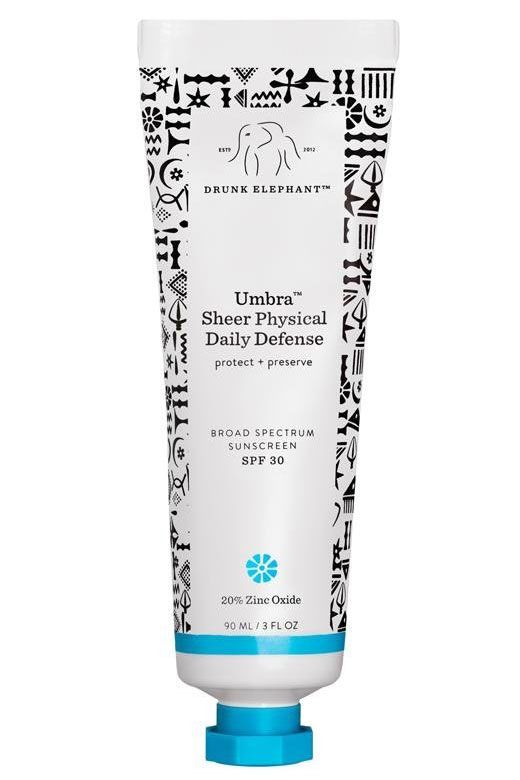

You might experience an allergic reaction immediately or several days after applying the sunscreen.Īccording to Zeichner, these are some signs of a sunscreen allergy:
BEST BABY SUNSCREEN REDDIT SENSITIVE SKIN SKIN
Feldweg explains, "You get a rash where the product is applied." But in a contact photoallergy, the reaction is due to an interaction between sunscreen chemicals and sunlight, "so you get the rash where the sunscreen was applied but only once the skin has been exposed to the sun," she says.Ī sunscreen allergy may appear when you first start using a sunscreen, or it can develop after years of sunscreen use. There are two ways a sunscreen allergy generally appears: as a contact allergy or contact photoallergy, according to Anna Feldweg, MD, an assistant professor of medicine at Harvard Medical School and an attending physician in allergy and immunology at Brigham and Women's Hospital in Boston. Signs and Symptoms of a Sunscreen Allergy A study published online in May 2019 in the journal Health Communication warns that these DIY options, which tend to include ingredients like coconut oil, shea butter, zinc, beeswax, olive oil, carrot oil, raspberry oil, lavender oil, and avocado oil, may offer insufficient UV protection and increase your risk of developing skin cancer compared to using commercially available sunscreens. Mineral sunscreen is recommended for young children, because they don’t have the chemical filters that are more likely to cause skin irritation or allergies, adds Zeichner.Ĭhoosing between a chemical or mineral sunscreen is a personal preference, but don’t trust any of the natural or homemade sunscreen recipes you might find on the internet.

Mineral sunscreen is quite effective and tends to be less irritating than chemical sunscreen, says Zeichner, but it may be more difficult to spread on the skin and may leave behind a white or ashy appearance. They contain only zinc oxide or titanium dioxide combined with zinc oxide to block UV light.
BEST BABY SUNSCREEN REDDIT SENSITIVE SKIN FREE
Sunscreens known as physical, or mineral, sunscreens are free of organic (aka chemical) ingredients, explains Zeichner. Other ingredients like PABA (para-aminobenzoic acid) have also been shown to cause allergic reactions but are rarely used in sunscreen in the United States. According to the American College of Allergy, Asthma, and Immunology, the chemical sunscreen ingredients that have been found to most commonly cause allergic reactions in the skin are oxybenzone (benzophenone-3), dibenzoylmethanes, cinnamates, and benzophenones. They protect the skin from harmful ultraviolet (UV) light by absorbing the energy and preventing it from passing through. There are two types of sunscreen: chemical sunscreen and physical, or mineral, sunscreen.Ĭhemical sunscreens are carbon-based compounds, also known as organic molecules, explains Dr. Understand the Ingredients in Your Sunscreen Sunscreen allergies tend to be uncommon, according to Joshua Zeichner, MD, the director of cosmetic and clinical research in the dermatology department at Mount Sinai Hospital in New York City, but if you're prone to skin allergies or concerned that sunscreen is irritating your skin, here's what to do. However, for some people, applying certain types of sunscreen can also cause a skin allergy. In addition to reducing your skin cancer risk, there is substantial evidence showing that sunscreen helps reduce your risk of skin aging. And it should - applying sunscreen with SPF 15 or higher every time you go outside reduces your risk of developing squamous cell carcinoma by about 40 percent and your risk of getting melanoma by 50 percent, according to the Skin Cancer Foundation. As we spend more time at the pool, park, and beach, lathering up with sunscreen can become a daily activity.


 0 kommentar(er)
0 kommentar(er)
